James B. Longacre, designer Obverse: Wider, shallower head of Liberty facing left, wearing an Indian headdress with LIBERTY inscribed on the band; around, UNITED STATES OF AMERICA. Reverse: 1 / DOLLAR / 1884, in three lines within wreath composed of agricultural elements bound with a bow. Condition: NGC Proof 68 Cameo (Certificate number: 1963253-002 – Photo Proof 10-07) A deeply struck specimen with rich orange-peel effect and cameo devices that offset deeply reflective surfaces. A tiny lint mark to the left of the 1 in the date, and a 'dimple' in the field behind Liberty's head serve to identify this otherwise nearly perfect coin. References: This Coin Published: Garrett & Guth (Encyclopedia) p. 40 ("Probably the finest known example..."), 567; this piece used to illustrate the date on the NGC Coin Explorer website. Other references: Breen (Encyclopedia) 6106; Breen (Proofs) p. 177; Akers (1975) pp. 95. (PCGS 87634) Condition Census: Tied for finest known, with, according to NGC only one other example graded at this level, none finer; PCGS records no coins at this grade (Proof 67 Cameo, finest). (07-13) Rarity: With only 6,236 gold dollars (both proof and business strikes) struck in 1884, the date is without question a scarce one. However, Breen (citing R.W. Julian) noted that beginning in 1882 a fad developed in the United States which saw the increased use of gold dollars for jewelry. To meet the demand, between 1884 and 1889 the Mint struck fairly substantial numbers of proof dollars (1,006 in 1884). However, one result of this craze was the high proportion of poorly preserved survivors, which is largely confirmed by population reports. Provenance: J.F.S. Collection, Part 3, "FUN" Signature Auction, Heritage, January 5, 2006, lot 3403, Proof 68 Cameo NGC, "This is the finest known piece certified by either NGC or PCGS (11-02). A very special offering ...." ($32,200); 70th Anniversary Sale, Stack's, October 19, 2005, lot 1155, Proof 68 Cameo NGC, "no Proof Gold Dollar of any date from either [PCGS or NGC] surpasses the numerical grade of this coin!" ($29,900). Note: As noted above, the relatively high relief of the Type 2 gold dollar proved to be a technical failure and Mint Director Snowden ordered Longacre to once again refine his design. Although with lowered relief, and a broader, flatter imagery, it was not perhaps, as artistically pleasing as the first Indian head design, it did solve the production problems, and was used without further refinement until 1889 when production of the denomination, which had never found widespread acceptance, ceased.
James B. Longacre, designer Obverse: Wider, shallower head of Liberty facing left, wearing an Indian headdress with LIBERTY inscribed on the band; around, UNITED STATES OF AMERICA. Reverse: 1 / DOLLAR / 1884, in three lines within wreath composed of agricultural elements bound with a bow. Condition: NGC Proof 68 Cameo (Certificate number: 1963253-002 – Photo Proof 10-07) A deeply struck specimen with rich orange-peel effect and cameo devices that offset deeply reflective surfaces. A tiny lint mark to the left of the 1 in the date, and a 'dimple' in the field behind Liberty's head serve to identify this otherwise nearly perfect coin. References: This Coin Published: Garrett & Guth (Encyclopedia) p. 40 ("Probably the finest known example..."), 567; this piece used to illustrate the date on the NGC Coin Explorer website. Other references: Breen (Encyclopedia) 6106; Breen (Proofs) p. 177; Akers (1975) pp. 95. (PCGS 87634) Condition Census: Tied for finest known, with, according to NGC only one other example graded at this level, none finer; PCGS records no coins at this grade (Proof 67 Cameo, finest). (07-13) Rarity: With only 6,236 gold dollars (both proof and business strikes) struck in 1884, the date is without question a scarce one. However, Breen (citing R.W. Julian) noted that beginning in 1882 a fad developed in the United States which saw the increased use of gold dollars for jewelry. To meet the demand, between 1884 and 1889 the Mint struck fairly substantial numbers of proof dollars (1,006 in 1884). However, one result of this craze was the high proportion of poorly preserved survivors, which is largely confirmed by population reports. Provenance: J.F.S. Collection, Part 3, "FUN" Signature Auction, Heritage, January 5, 2006, lot 3403, Proof 68 Cameo NGC, "This is the finest known piece certified by either NGC or PCGS (11-02). A very special offering ...." ($32,200); 70th Anniversary Sale, Stack's, October 19, 2005, lot 1155, Proof 68 Cameo NGC, "no Proof Gold Dollar of any date from either [PCGS or NGC] surpasses the numerical grade of this coin!" ($29,900). Note: As noted above, the relatively high relief of the Type 2 gold dollar proved to be a technical failure and Mint Director Snowden ordered Longacre to once again refine his design. Although with lowered relief, and a broader, flatter imagery, it was not perhaps, as artistically pleasing as the first Indian head design, it did solve the production problems, and was used without further refinement until 1889 when production of the denomination, which had never found widespread acceptance, ceased.
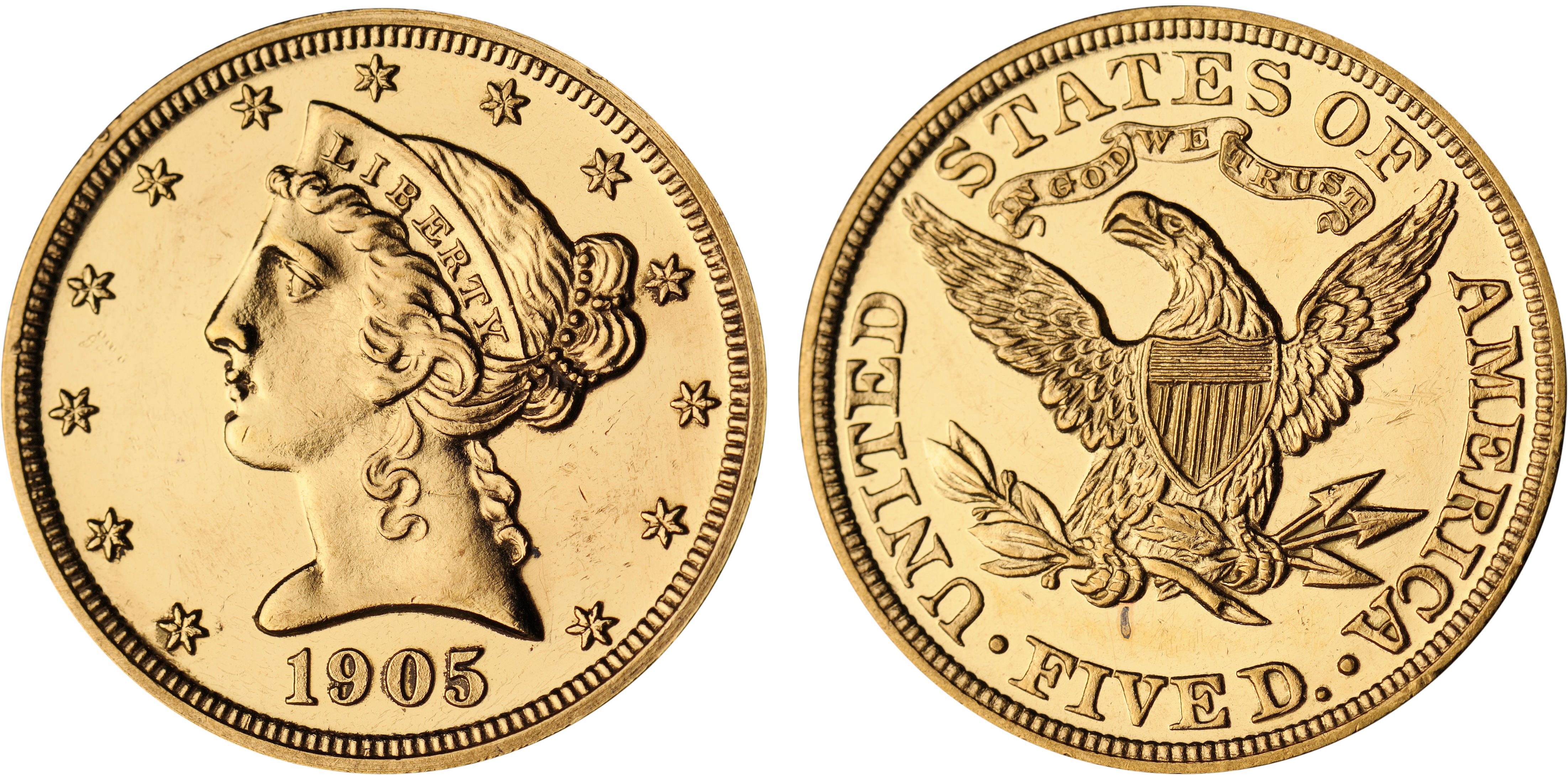
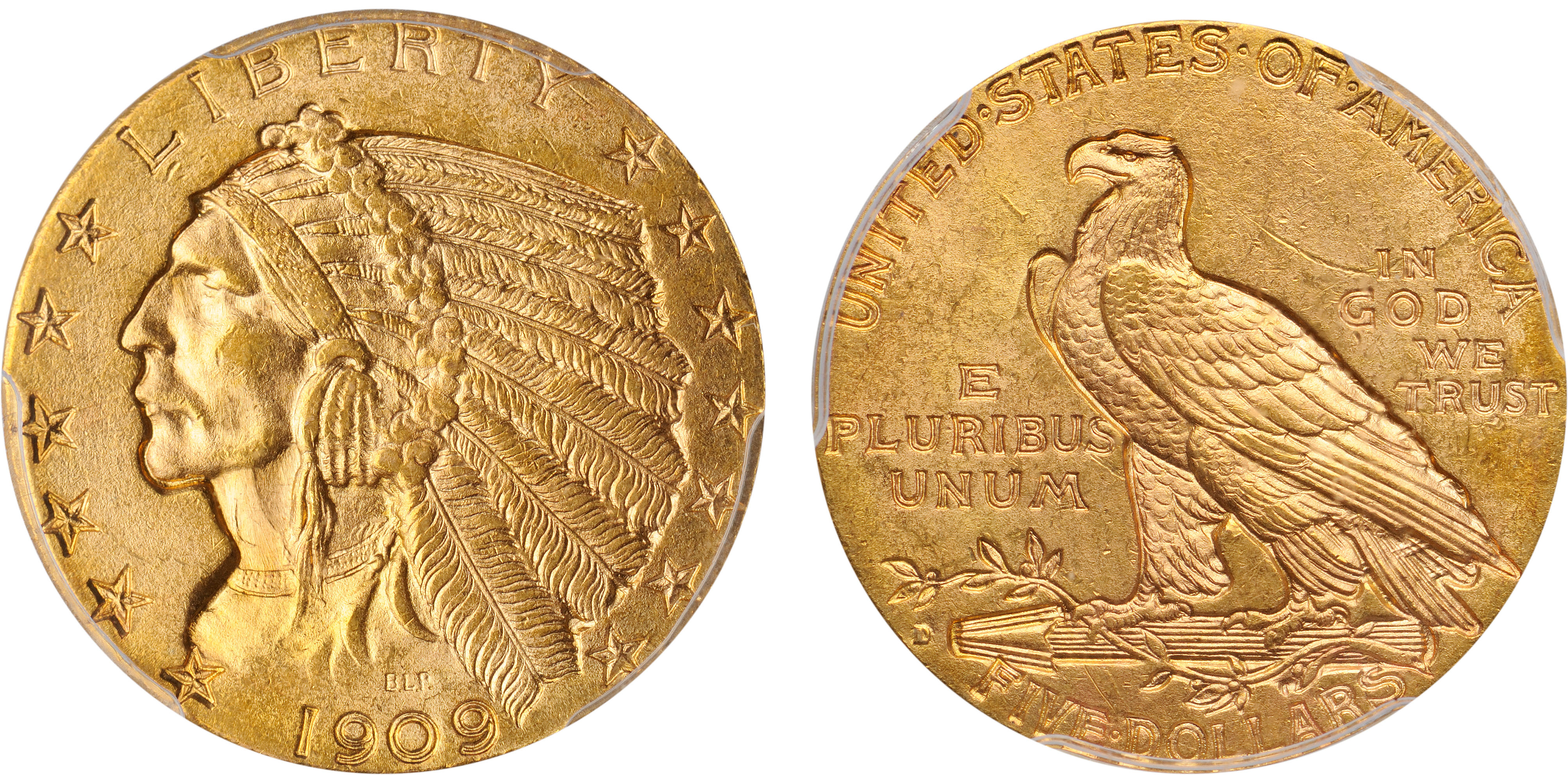
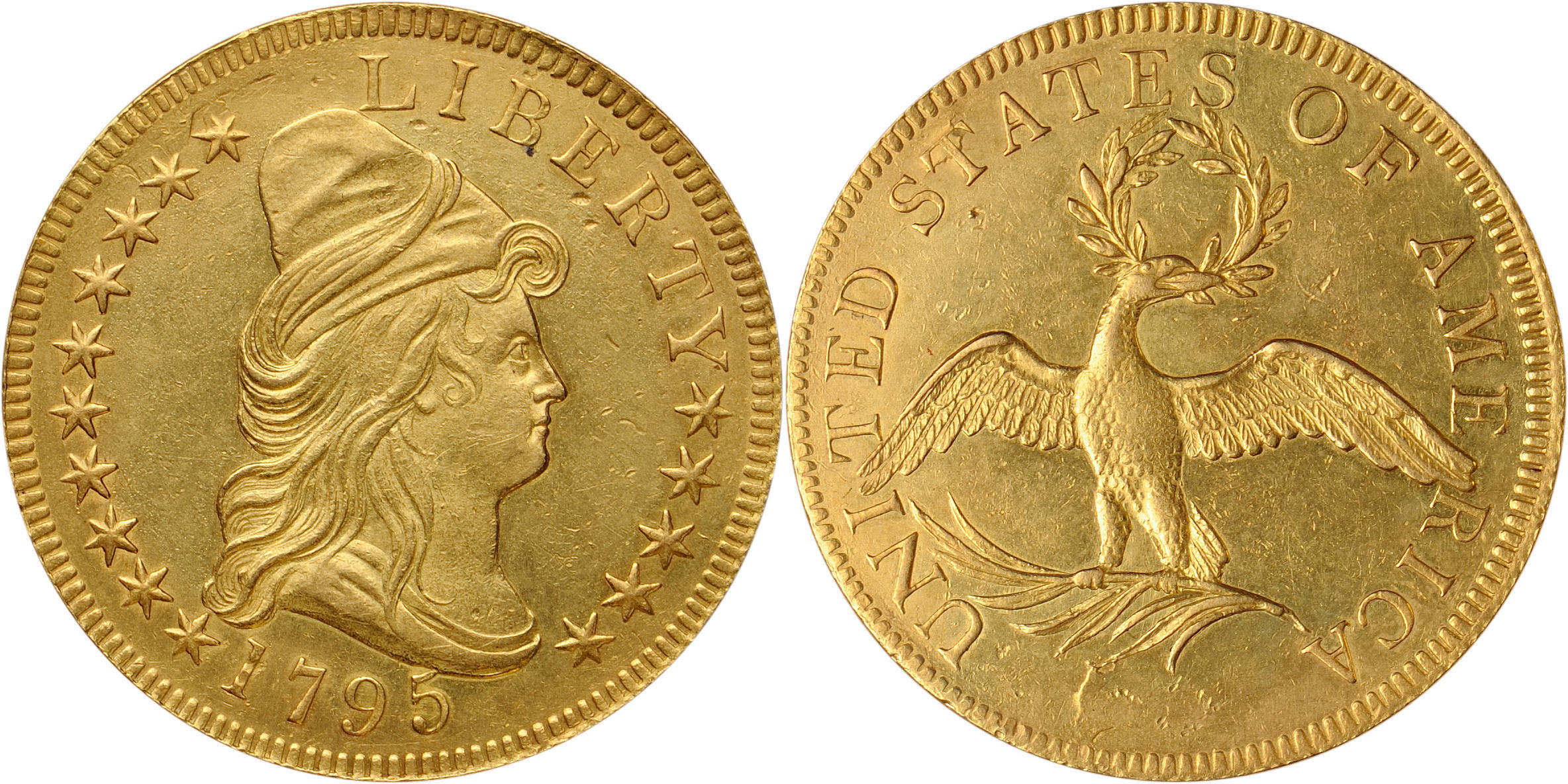
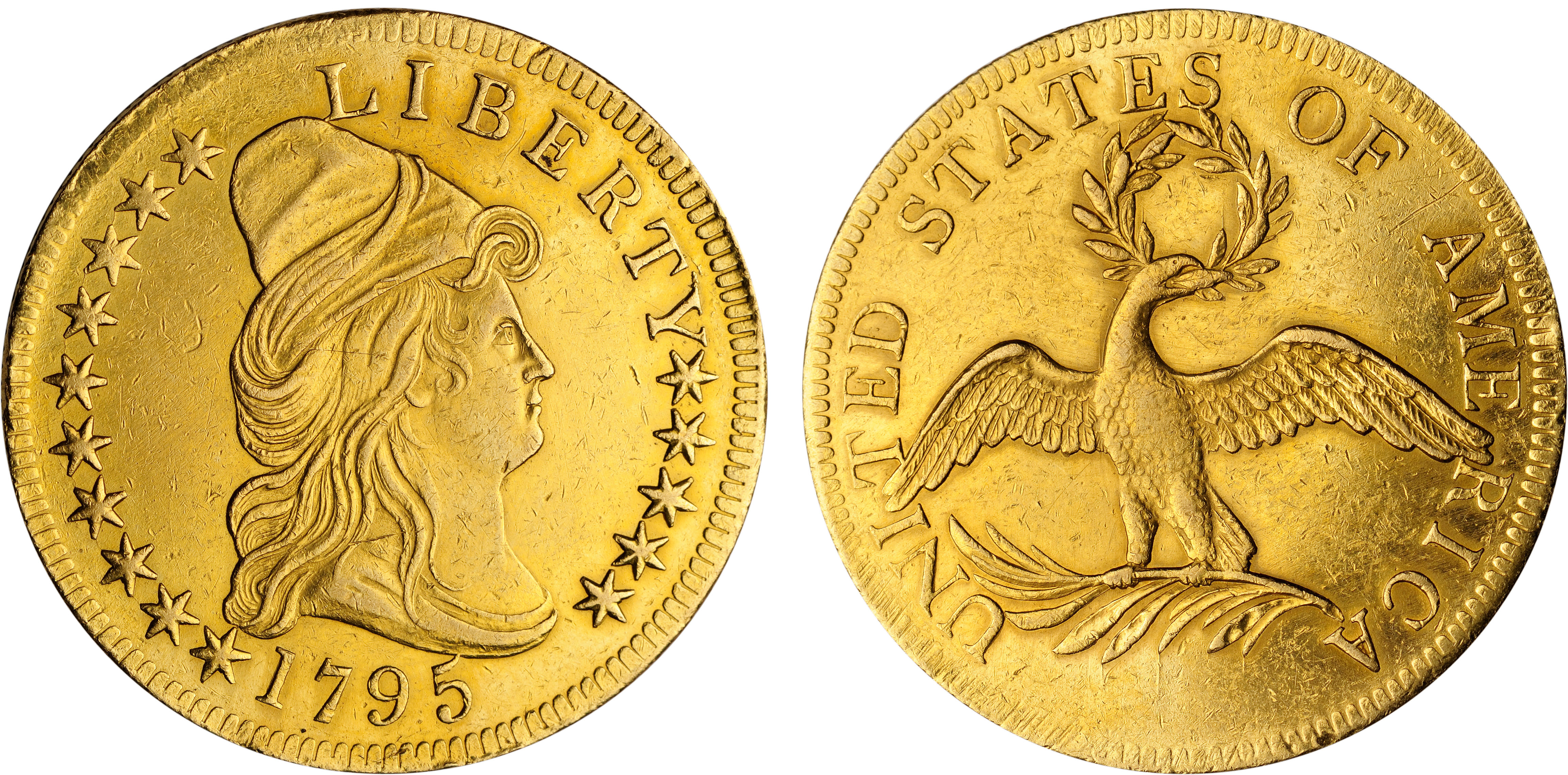
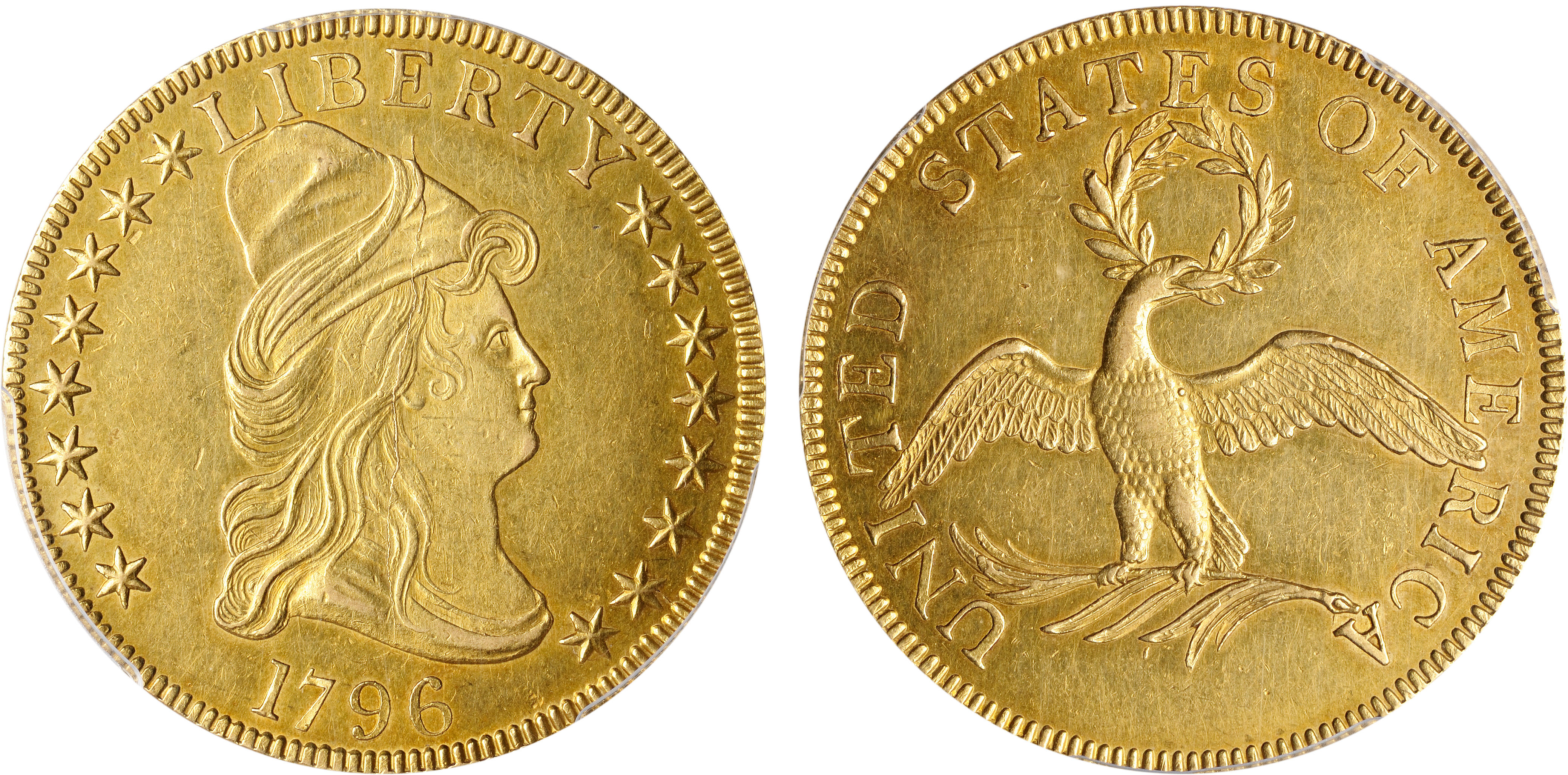
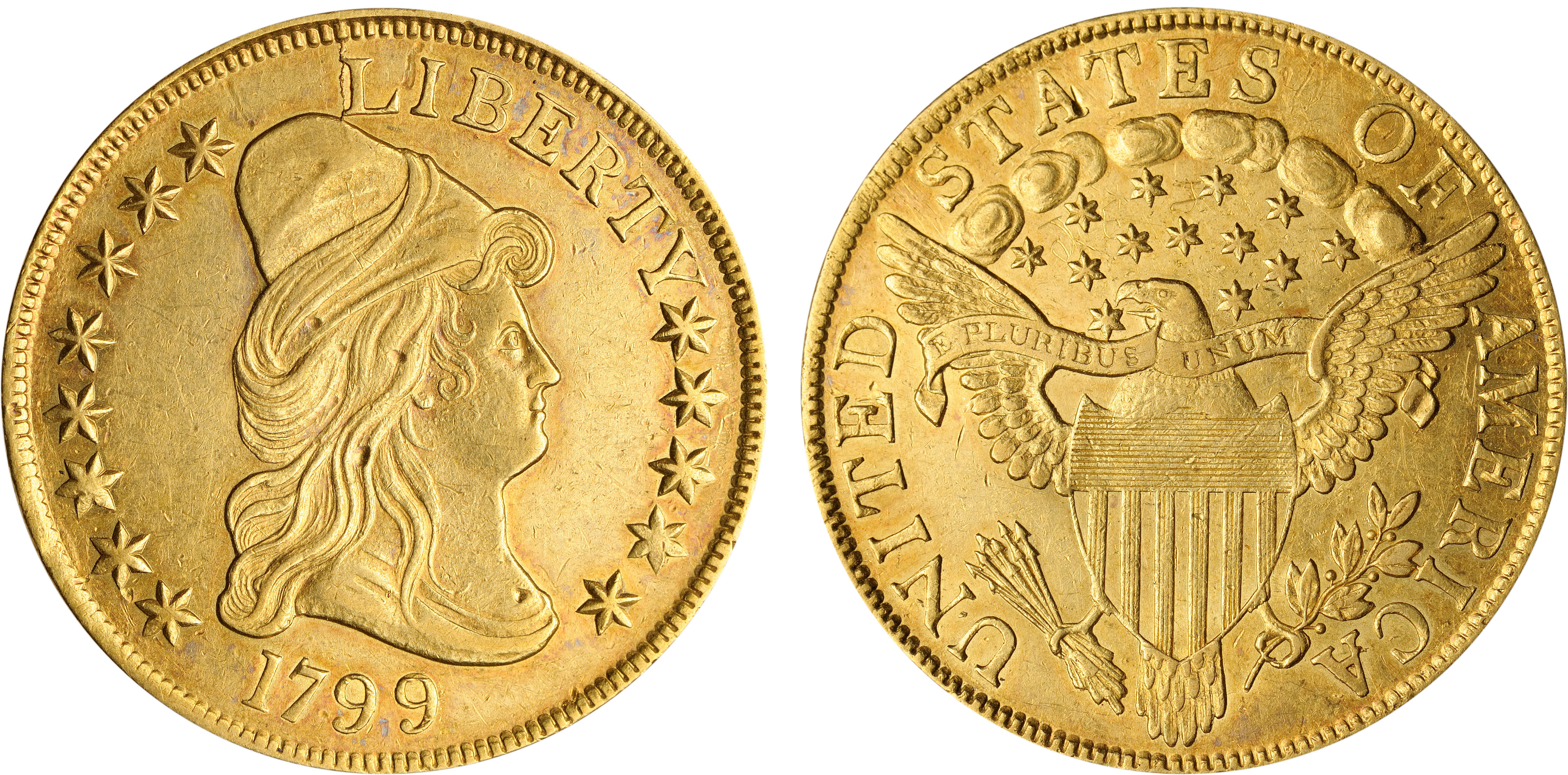
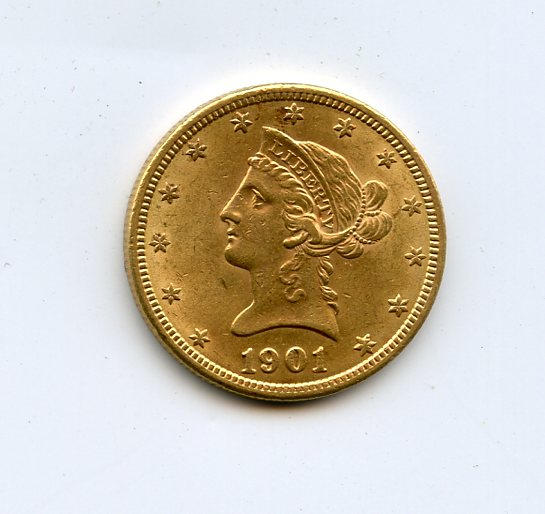
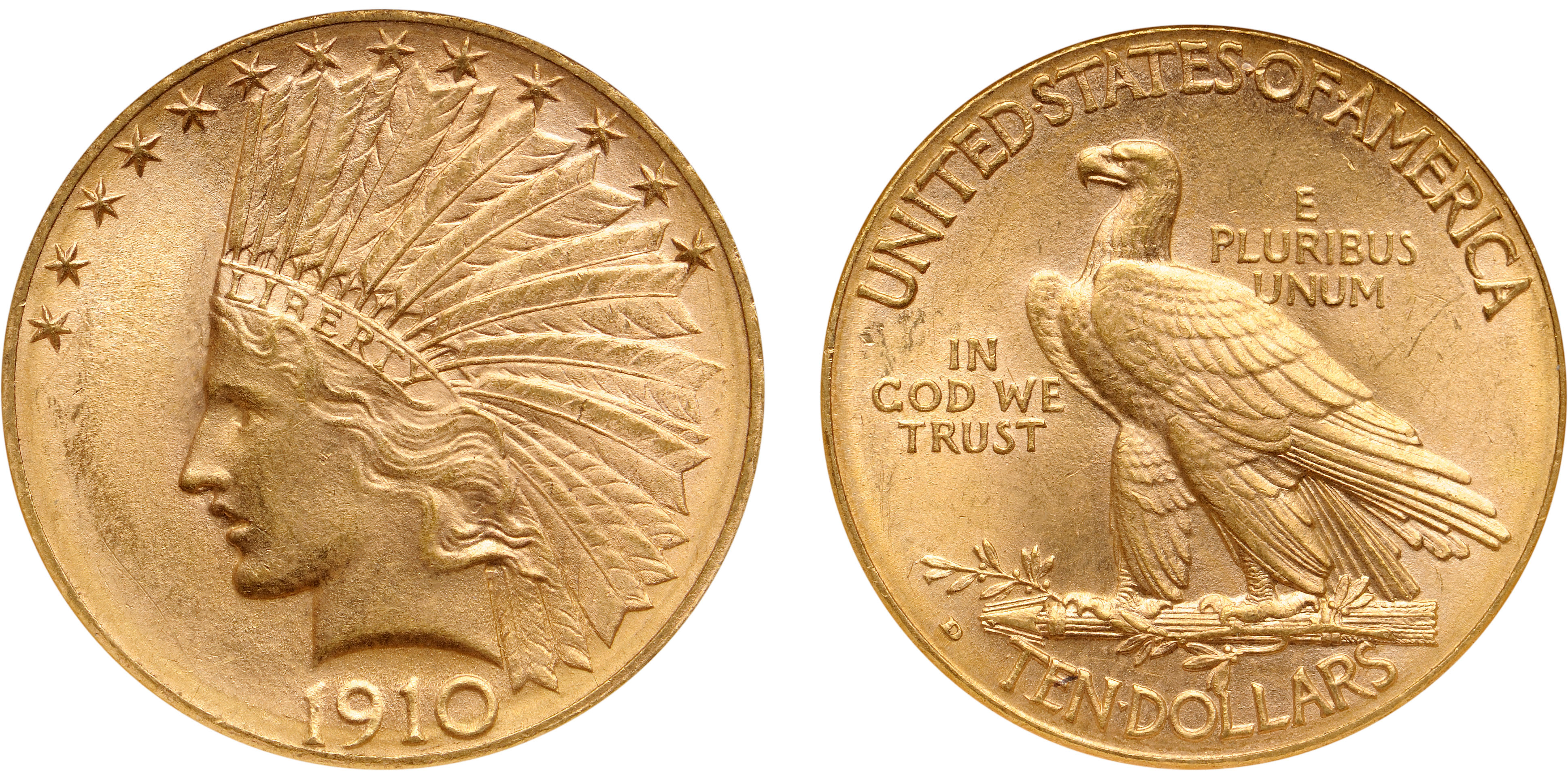
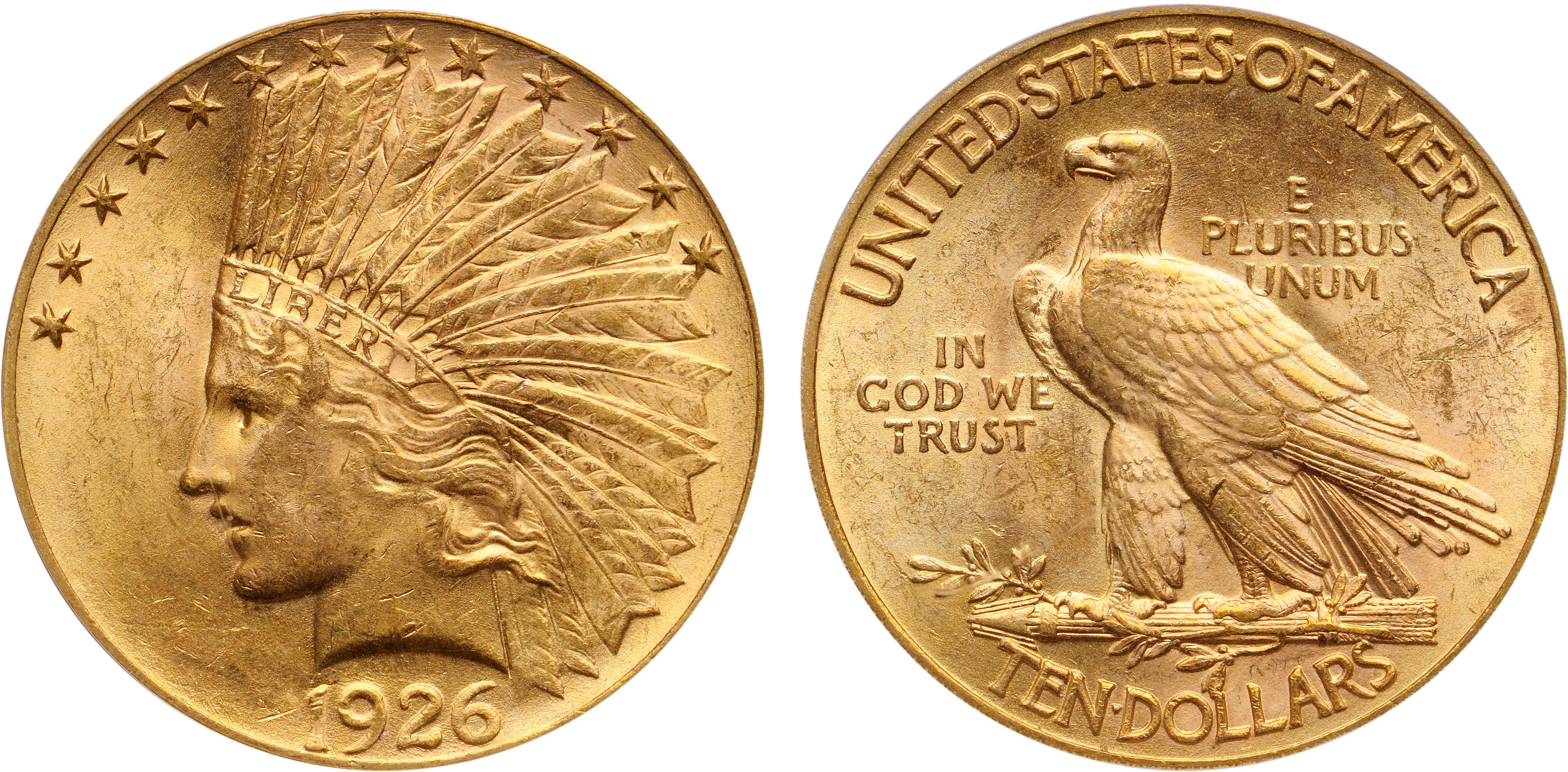
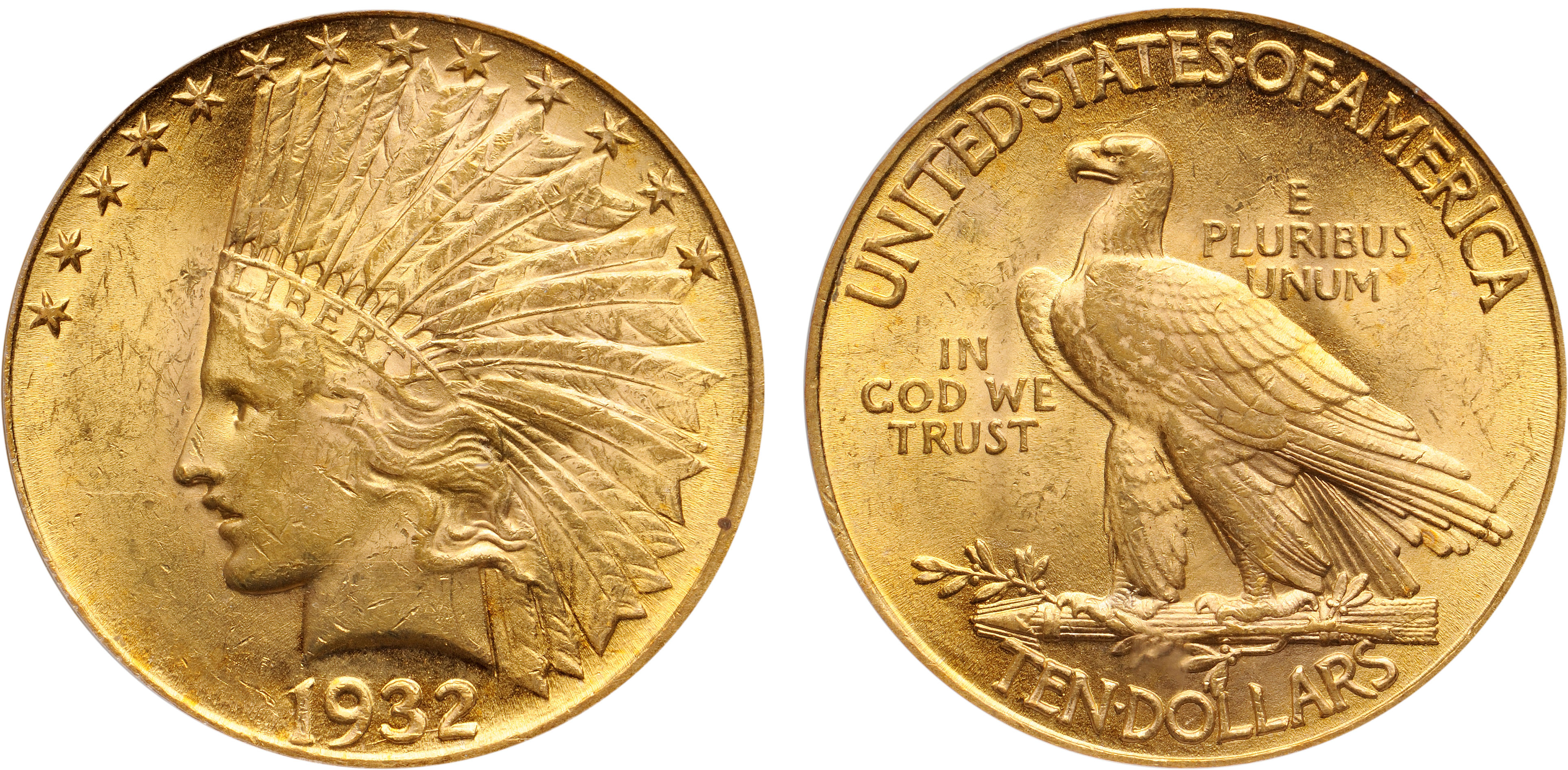
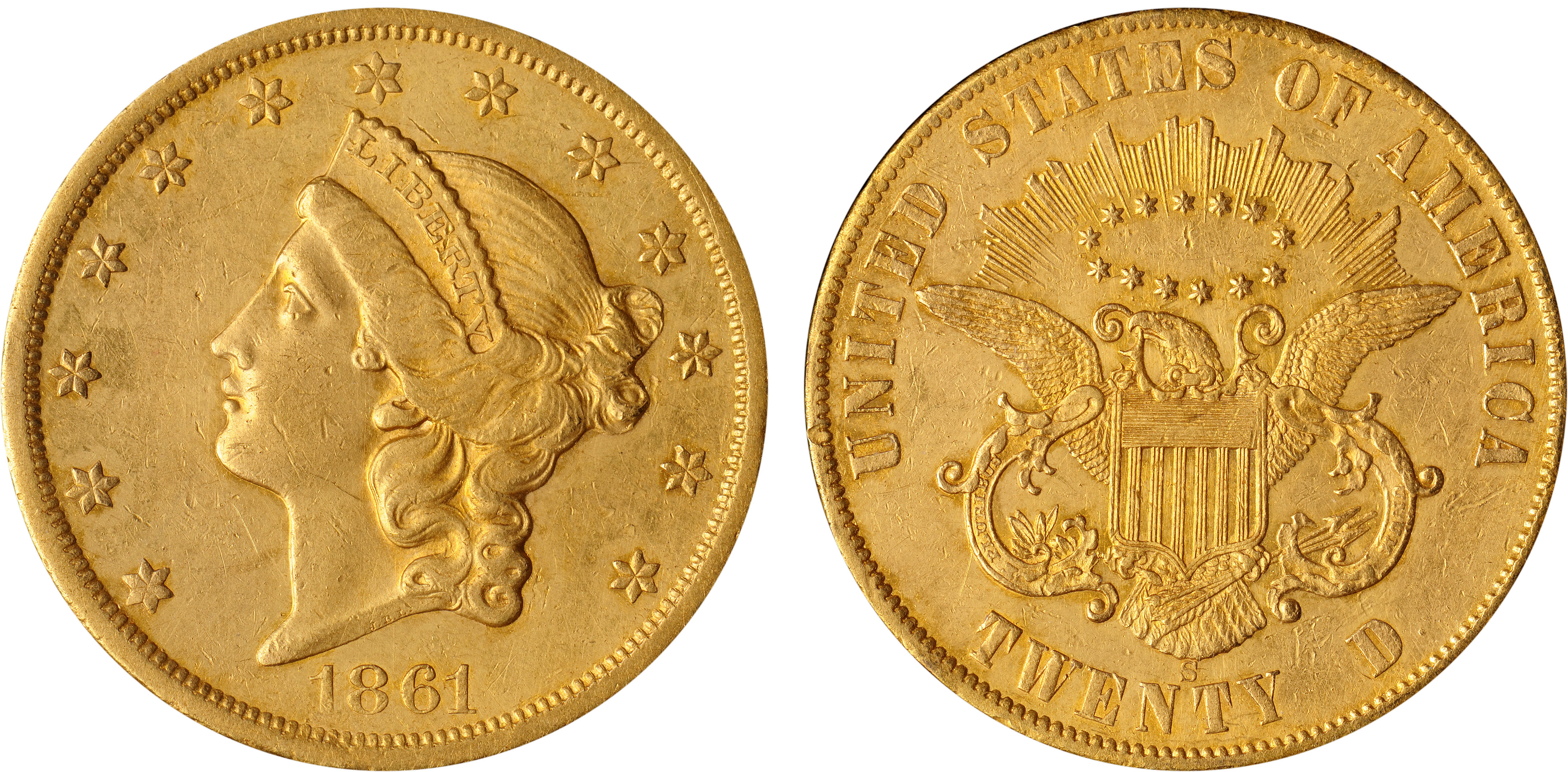

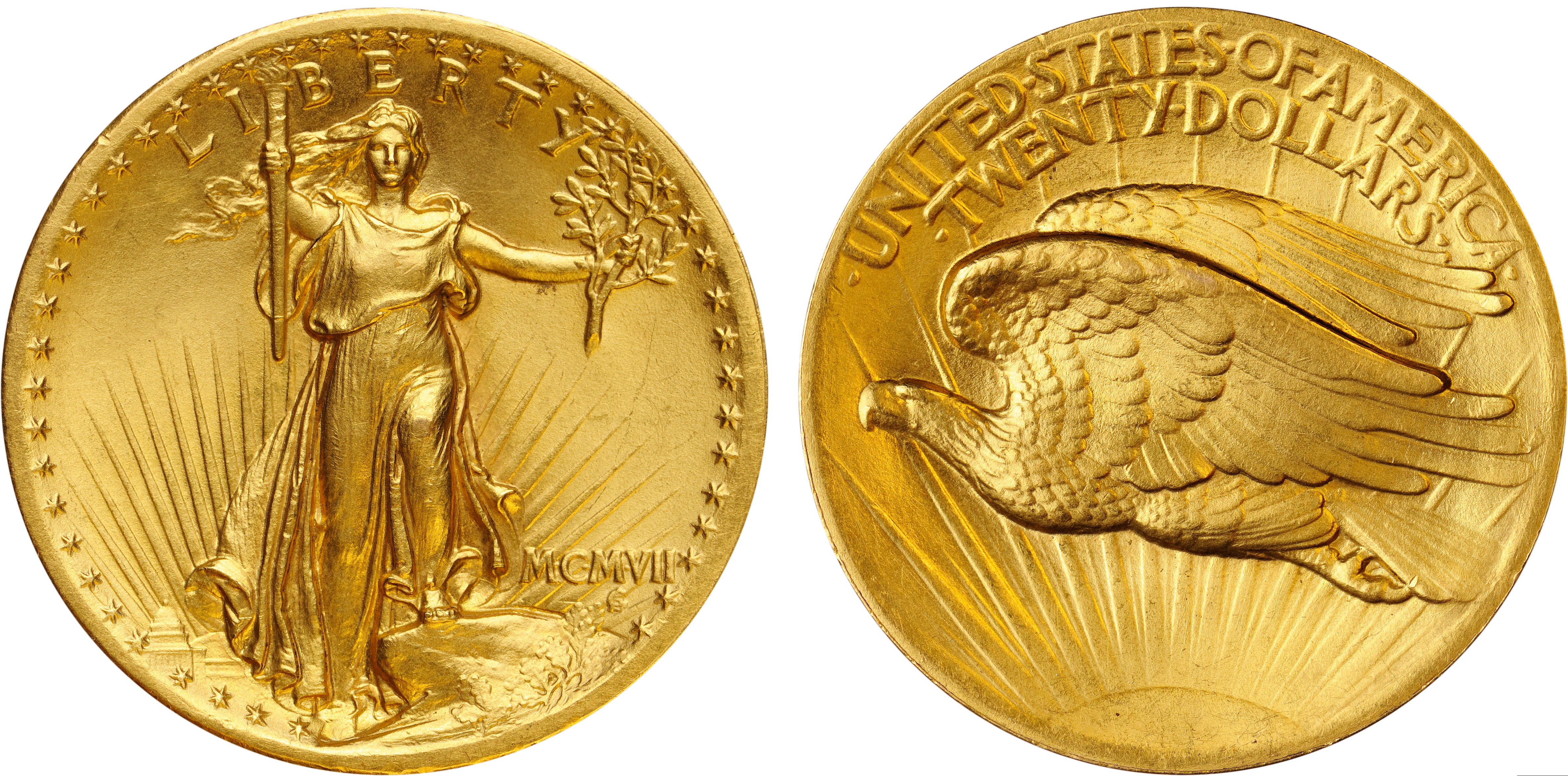
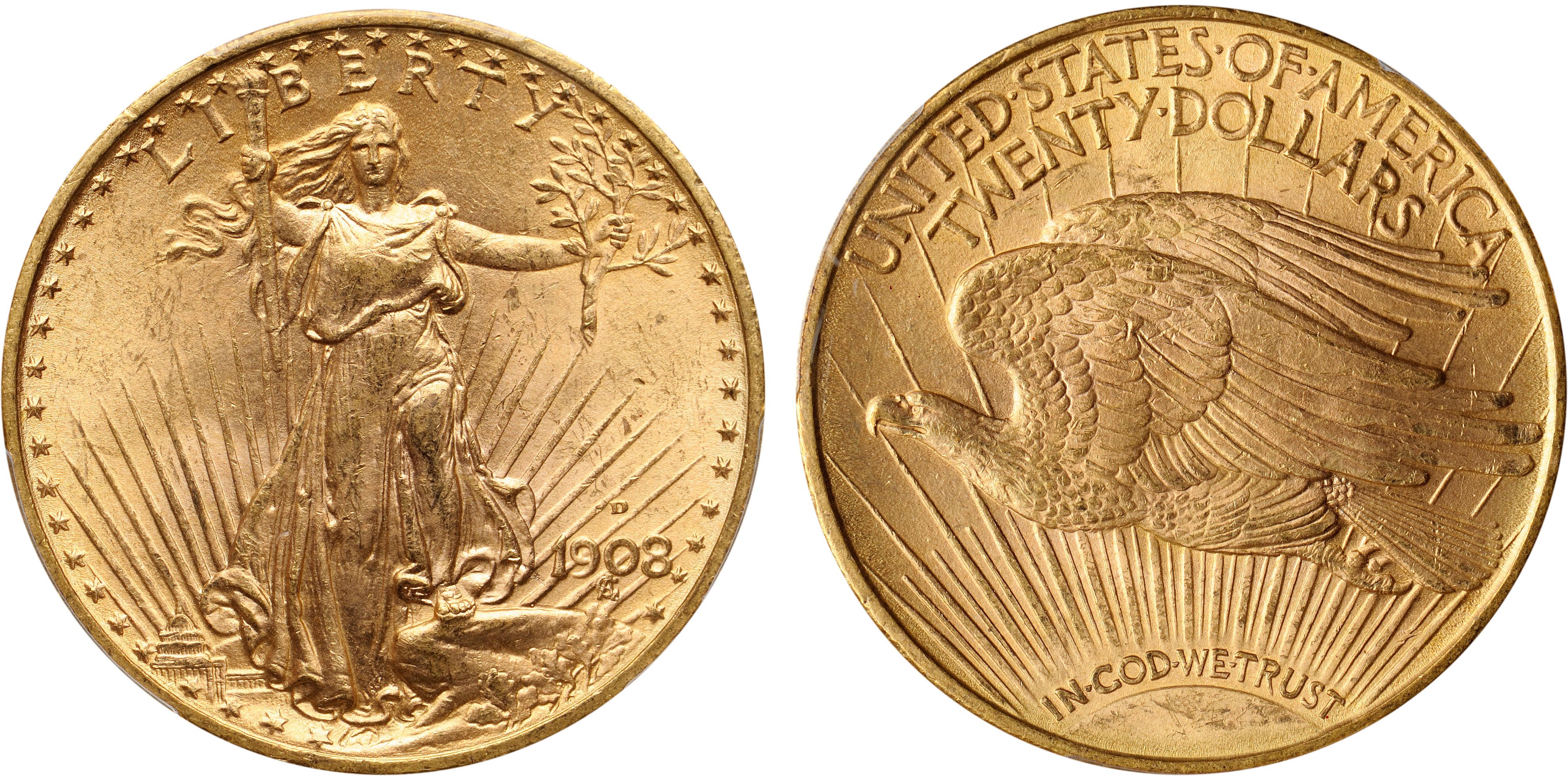
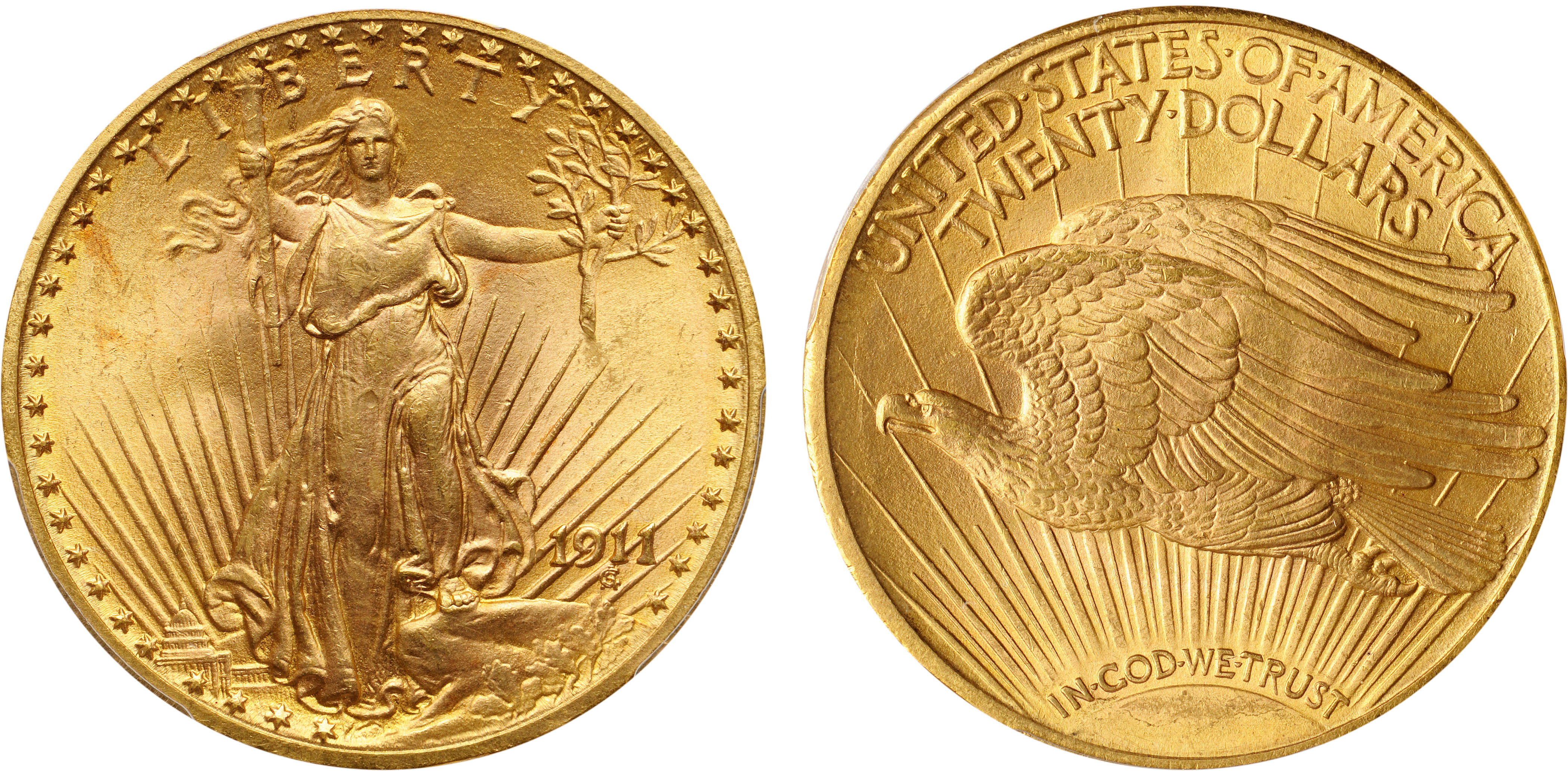
Testen Sie LotSearch und seine Premium-Features 7 Tage - ohne Kosten!
Lassen Sie sich automatisch über neue Objekte in kommenden Auktionen benachrichtigen.
Suchauftrag anlegen